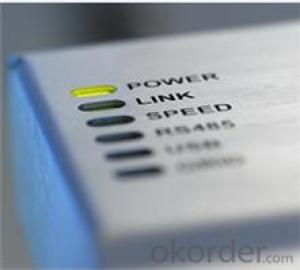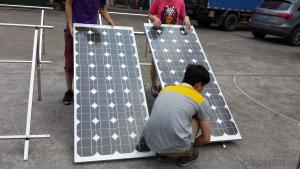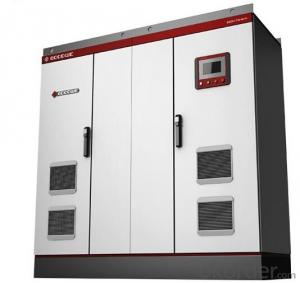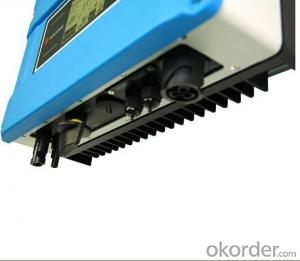Solar Hybrid Inverter On Grid
Solar Hybrid Inverter On Grid Related Searches
Led Light Bulbs For Ceiling Fixtures Led Lamps For Ceiling 42 In Ceiling Fan With Light Parts For Light Fixtures Light Projector For Christmas Grill With Led Light Bar Hanging Lights For Kitchen Bar Ceiling Lights For Sitting Room Ceiling Brackets For Lights Ceiling With Led LightsHot Searches
Aluminium Wire Mesh Manufacturers India Ceiling Fan Lowest Price Aluminium Scaffold Planks Sale Aluminium Walkway Mesh Prices Aluminum Bar Stock For Sale High Mast Light Price List Solar High Mast Light Specification High Mast Light Specification 6061 Aluminum Bar Stock Price Aluminum Bar Stock Price Stage Light Price Solar Inverter Fault Light Led Light Manufacturers Aluminum Round Bar Stock Sizes Aluminum Round Bar Stock Near Me Ceiling Fan Lowest Price Aluminum Flat Bar Stock Near Me Aluminum Bar Stock Sizes Aluminum Bar Stock Suppliers Aluminum Bar Stock Near MeSolar Hybrid Inverter On Grid Supplier & Manufacturer from China
Okorder.com is a professional Solar Hybrid Inverter On Grid supplier & manufacturer, offers integrated one-stop services including real-time quoting and online cargo tracking. We are funded by CNBM Group, a Fortune 500 enterprise and the largest Solar Hybrid Inverter On Grid firm in China.Hot Products
FAQ
- Yes, a solar inverter typically requires a separate grounding system. This is because the solar panels generate direct current (DC) electricity, which needs to be converted into alternating current (AC) electricity by the inverter. The AC electricity is then fed into the electrical grid or used within the building. Grounding is an essential safety measure to protect against electrical faults and ensure proper functioning of the system. In a solar power system, the grounding system provides a path for electrical current to safely flow to the ground in the event of a fault, such as a short circuit or lightning strike. A separate grounding system for the solar inverter is necessary to prevent electrical shock hazards and to comply with electrical safety codes and standards. It helps to protect the equipment, the building, and the people using or working on the system. The specific grounding requirements for a solar inverter may vary based on local electrical codes and regulations. It is important to consult with a qualified electrician or solar installer to ensure that the grounding system is correctly designed and installed for optimal safety and performance.
- The role of a solar inverter in maximizing solar panel output is to convert the direct current (DC) produced by the solar panels into alternating current (AC) that can be used to power electrical devices in our homes and businesses. Additionally, solar inverters also ensure that the solar panels are operating at their maximum power point, which allows for optimal energy production and efficiency.
- The working principle of photovoltaic grid - connected inverter
- Full-bridge inverter circuit to overcome the shortcomings of the push-pull circuit, the power transistor to adjust the output pulse width, the output AC voltage RMS that changes. Since the circuit has a freewheeling circuit, even if the inductive load, the output voltage waveform will not be distorted. The disadvantage of this circuit is that the upper and lower arms of the power transistor are not common, so you must use a special drive circuit or use isolated power supply. In addition, in order to prevent the upper and lower arm co-conduction, must be designed to turn off after the conduction circuit, that must be set dead time, the circuit structure is more complex.
- Yes, a solar inverter can be connected to a home automation system. This integration allows for better control and monitoring of the solar energy production and enables homeowners to optimize their energy usage based on real-time data.
- Yes, a solar inverter can be used with battery storage. In fact, it is commonly used in solar energy systems to convert the direct current (DC) power generated by solar panels into alternating current (AC) power that can be used by household appliances or stored in batteries for later use. The solar inverter plays a crucial role in managing the flow of electricity between the solar panels, batteries, and the electrical grid, ensuring efficient energy utilization and storage.
- Yes, a solar inverter can be used with different types of grid connection standards. Solar inverters are designed to convert the direct current (DC) generated by solar panels into alternating current (AC) that can be fed into the electrical grid. They are manufactured to comply with various grid connection standards and regulations, allowing them to be compatible with different types of grids worldwide. This flexibility enables solar inverters to be used in a wide range of countries and regions with varying grid connection requirements.
- The role of a solar inverter in a community solar project is to convert the direct current (DC) electricity generated by the solar panels into alternating current (AC) electricity that can be used to power homes and businesses. It also ensures that the electricity is synchronized with the utility grid and optimizes the efficiency of the solar power system.
- Some common maintenance requirements for a solar inverter include regular cleaning to remove dust and debris, checking for loose connections or wiring issues, monitoring performance and output levels, and ensuring proper ventilation to prevent overheating. It is also important to keep an eye on the inverter's display for error messages or any signs of malfunctioning. Regular inspections and maintenance by a qualified technician are recommended to ensure optimal performance and longevity of the solar inverter.













































